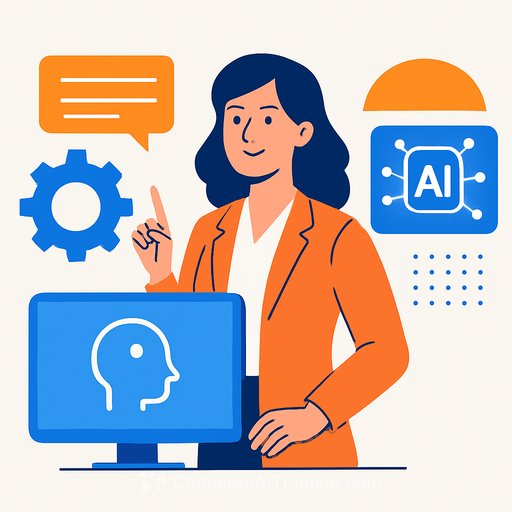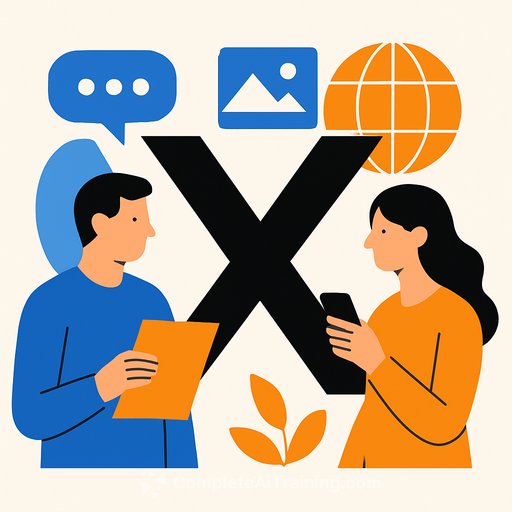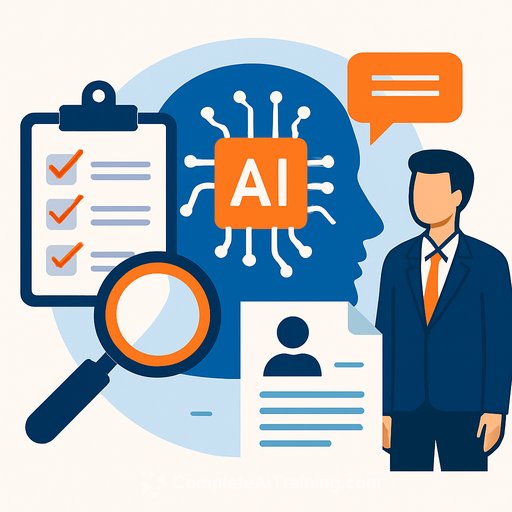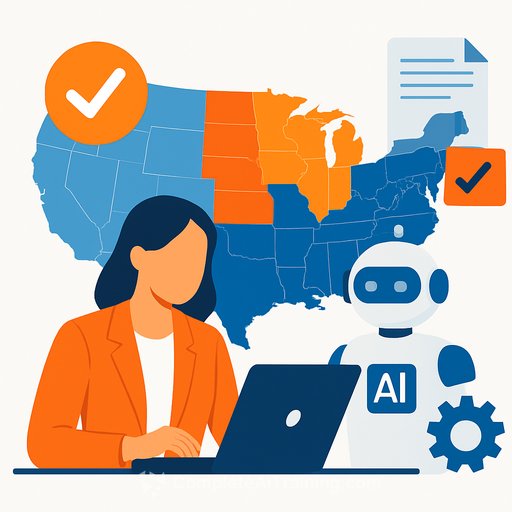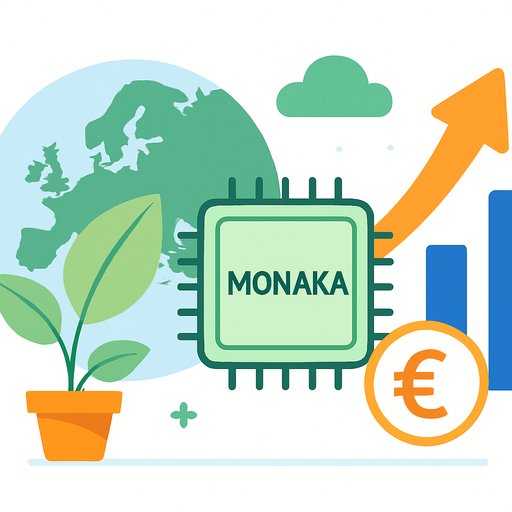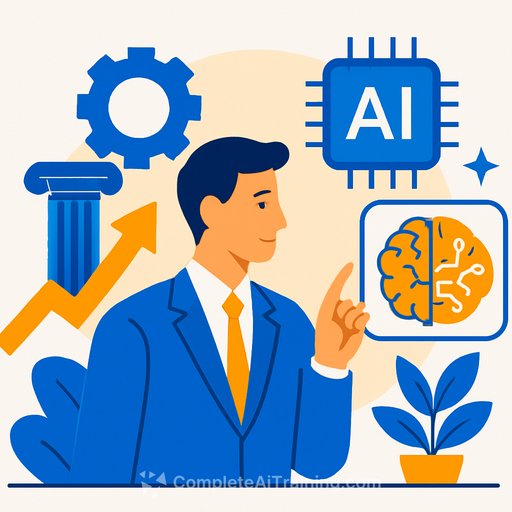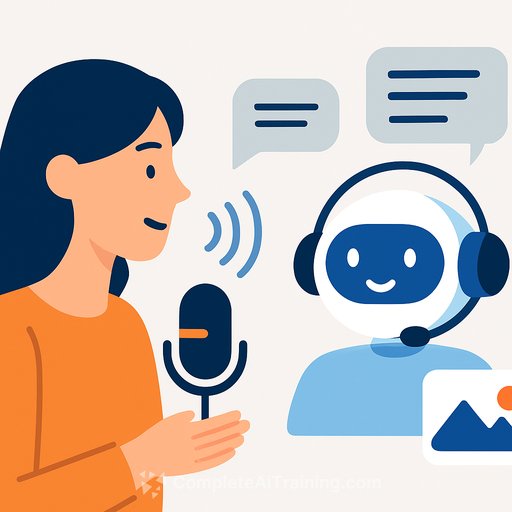Inside Dayforce: How the CPO Turns HR Into a Real-Time AI Feedback Loop
HR tech has a dual mandate: build with generative AI and automation while helping HR leaders deal with regulation, recruiting, retention, and mounting admin work. At Dayforce, chief people officer Amy Cappellanti-Wolf takes that on directly as the company's "Customer Zero."
Her team uses the product first, stress-tests it in real workflows, and feeds candid input to product and account teams. It's a hands-on role with direct influence over ideation and existing features-far beyond a typical HR remit.
What Dayforce Is Rolling Out
Dayforce announced a strategic workforce planning hub, AI agents focused on content creation, payroll, time entry, talent strategy, and analytics, plus a collaborative workspace for HR to work with finance and operations. The planning tool stems from its acquisition of Agentnoon, adding deeper org design and scenario planning to the mix.
The company now serves more than 7,000 customers, projects revenue near two billion dollars, and has been recognized on the Gartner Magic Quadrant for HCM for six years running. Its single-platform model is positioned to simplify data management and privacy across HR processes.
Customer Zero in Practice: Speed, Quality, Less Busywork
One of the early wins: a pulse survey rollout that used to take weeks-sometimes months-end-to-end. With AI assisting collection and synthesis, results landed quickly and were easier to interpret.
The same toolkit flags potential pay equity issues, streamlines performance reviews, and accelerates training creation. "I've been able to turn around training super quick, where it's both high quality and interactive," Cappellanti-Wolf said.
Building the HR Engine for Scale
To keep pace with growth, she set up an HR operations center to handle tier-one and tier-two requests like payroll questions and income verification. That frees business partners to focus on workforce planning, org design, and manager effectiveness.
Internally, the team formalized its AI strategy and selected ChatGPT as the default tool for employees. The mantra: lead from the front, share what works and what doesn't, and publish use cases so adoption sticks. For those leveling up on prompts and practical workflows, see these ChatGPT playbooks and courses by job.
Going Private: What It Means for People and Product
Dayforce is set to go private through Thoma Bravo's $12.3B acquisition, pending remaining regulatory and shareholder approvals. The deal already cleared key conditions under the Hart-Scott-Rodino Act in the U.S. and the Competition Act in Canada, with closing steps still ahead.
Inside the company, the focus is clarity and calm: address concerns directly, share updates as they're allowed, and set expectations about what changes and what stays the same. That kind of steady communication lowers noise so teams can keep building.
The Underserved Group: Middle Managers
Cappellanti-Wolf calls middle managers "the most underserved of the population." They face pressure from the top and the front line at the same time.
Her team is doubling down on practical skills: prioritization, redirecting work, feedback on the flow of work, and the operational basics that keep teams moving. It's less theory, more reps.
HR + IT: A Direct Line to Adoption
Tech only matters if people use it. A tight partnership with the CIO and a dedicated HR technologist on her staff has been key to rollout success.
Ten years ago, many HR leaders assumed roles like "HR technologist" sat in IT. Today, that expertise sits on point in HR to translate business problems into product requirements-and to get adoption over the line.
What HR and Product Teams Can Put Into Play Now
- Stand up a "Customer Zero" loop. Pick one internal team, run the workflow end-to-end in your own product, and ship learnings back to product weekly.
- Define 5-7 AI use cases tied to KPIs (cycle time, accuracy, employee NPS, cost-to-serve). Make each use case small, measurable, and repeatable.
- Tier your HR service model. Route tier-one and tier-two to an ops center; keep business partners focused on strategic work.
- Run pulse surveys with AI summarization. Publish results and actions inside two weeks to keep trust high.
- Automate pay and performance audits. Use AI to flag anomalies; keep humans in the loop for final calls.
- Coach the manager layer. Short workshops on prioritization, feedback, and reset conversations beat generic leadership decks.
- Create a shared workspace for HR, finance, and ops. Keep compliance, performance, and talent decisions in one place with auditable context.
- Co-own adoption with IT. Put an HR technologist at the table for vendor choices, integrations, and rollout plans.
Bottom Line
Dayforce is building AI features while using them internally, with the CPO acting as a direct line into product decisions. The result is fewer delays, tighter feedback, and a clearer path from idea to impact.
If you're leading HR or product, the play is the same: get closer to the work, measure everything, and keep the loop between users and builders short and honest.
Your membership also unlocks:

